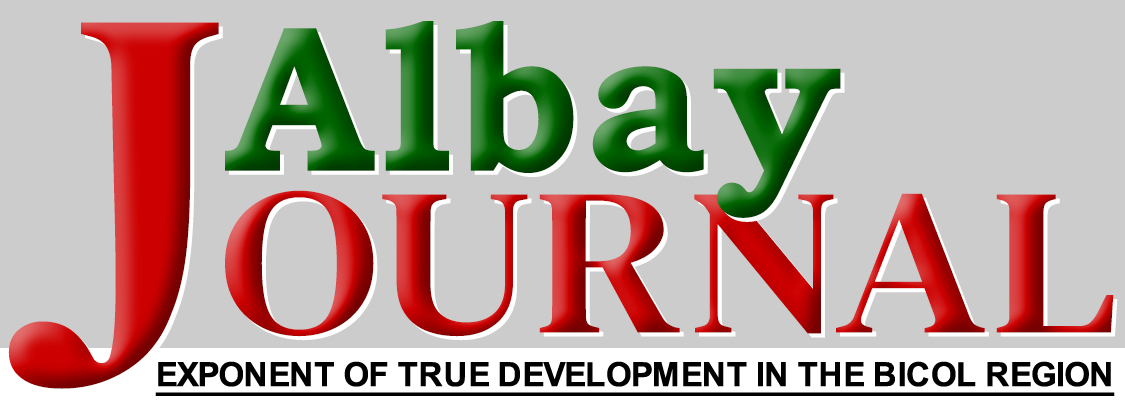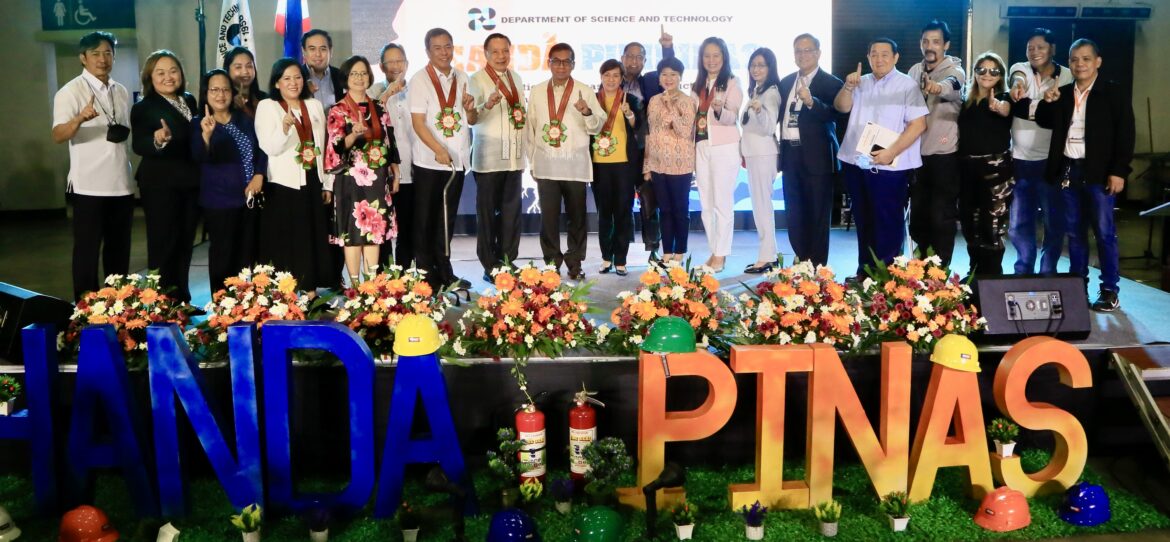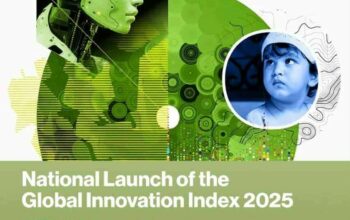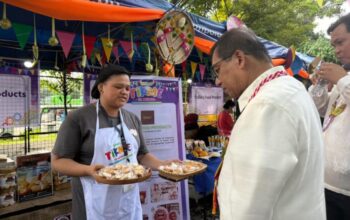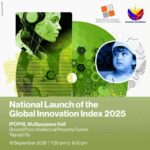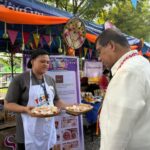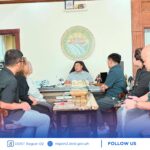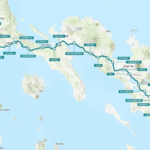THE Department of Science and Technology (DOST) this week, held an expo at the World Trade Center in Pasay City with the theme, Handa Pilipinas: Innovations in Risk Reduction and Management Expo 2022.
It said that hazards cannot be stopped but people can arm themselves “with knowledge, skills and technology.” This can be done by identifying the risks, develop a plan “to protect ourselves and our families.” According to the World Risk Report 2022, the Philippines is the most vulnerable country to the natural hazards as it lies in the pacific ring of fire wherein earthquakes usually occurred and 20-25 typhoons ravage the country every year. This led to damage in infrastructures and livelihood.
According to the same report, only 17% of the Filipinos are prepared and the way to prepare them is to “re-educate people on risk reduction and response.”
The 3-day event that started on Nov. 9 to Nov. 11 discussed the science, technologies and innovations that “could potentially save our lives, keep us from harm of natural disasters.”
DOST Secretary Renato U. Solidum Jr. disclosed that according to the World Bank, “1.2 percent to as much as 4.6 percent of the country’s Gross Domestic product or GDP is lost annually due to the damages brought about by typhoon,” thus the development gain of the country is limited.
The Philippines placed the highest of the 193 nations in the World Risk Index as the country is most at risk and exposed to the natural hazards and has the adverse effect of climate change. “We cannot do away with the Philippines being exposed to the natural hazards and the effects of climate change but we can do something about it to lessen the impacts of the stress,” Solidum told the audience. The report he said, covered the element of exposure, vulnerability, susceptibility and lots of coping capacity.
Among the guests who graced the occasion were Aklan 1st District Rep. and chairman of the House committee on Science and Technology, Engr. Carlito Marquez; DOST undersecretary for regional operations, Engr. Sancho Mabborang and DOST undersecretary for Research and Development, Dr. Leah Buendia. Other guests were inventors, Pasay City local chief executives and some industry stakeholders.
Mabborang said that recent research showed that the Philippines is known to be one of the most disaster-prone countries in the world.
“It is unimaginable how we met the impact of these hazards brought by the loss of lives and livelihoods and disrupted our society and ultimately our economy,” Mabborang said.
On the other hand, Marquez as the event’s guest speaker said that the United Nations “is warning us the time is running out as greenhouse gasses are surging of record levels never seen before.” These greenhouse gasses, he added, are responsible for warming the planet and triggering extreme weather event.
Marquez explained that human activities have raised the atmosphere’s carbon dioxide content by 50 percent in less than 200 years. “In 2020, the Covid-19 crisis slowed down the global economy and decreased the global carbon dioxide emission by about 5 percent,” he disclosed.
The event also showcased inventions, technologies and innovations that contribute to risk reduction and response to hazardous calamities like typhoons, earthquakes. (Nelson Santos/PAPI)
(Photos courtesy of DOST/Henri de Leon)
